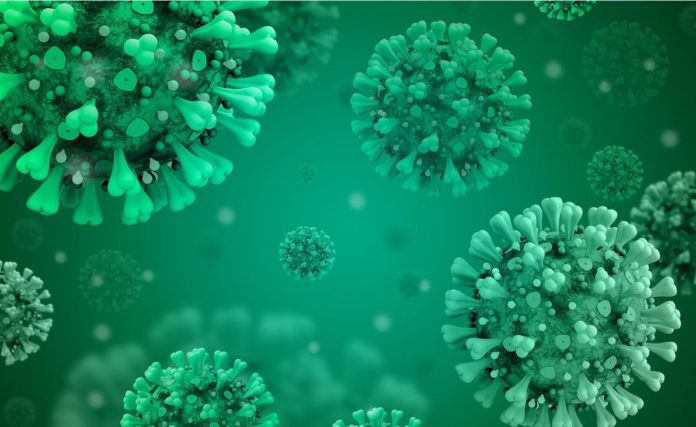Scientists from the University of Utah explain how heat fights SARS-CoV-2 and at the same time why its infection rate is higher in winter
The findings of a new study from the University of Utah provide a new extension to the scientific reflection on the relationship between SARS-CoV-2 coronavirus and ambient temperature.
The study, published in the Journal Nature, found that particles with a structure similar to the new coronavirus proved vulnerable to even small increases in temperature, providing answers about how weather changes affect the spread of the pandemic. This is the first study to examine the mechanisms of the virus at the atomic particle level, according to which the spread of SARS-CoV-2 in the winter is carried out in the same way as other coronaviruses.
The particles made for the study, according to a research publication in Scientific Reports, are empty shells with the same lipids and the same three types of proteins that SARS-CoV-2 carries on its surface, but without the RNA that causes infections. Scientists have copied the structure of the coronavirus and how its mucous membrane helps it adhere to hosts and surfaces, during its most widespread transmission through droplets through intense exhalation, coughing or sneezing.
- Does This Mean We Stopped Being Animal and Started Being Human Due to ‘Copy Paste’ Errors?
- The One Lifestyle Choice That Could Reduce Your Heart Disease Risk By More Than 22%
- Aging: This Is What Happens Inside Your Body Right After Exercise
- Immune-Boosting Drink that Mimics Fasting to Reduce Fat – Scientists ‘Were Surprised’ By New Findings
- Gun Violence in America: What They Don’t Talk About at the Debate
Michael Vershinin, assistant professor at the University of Utah, explained that heat has the ability to deconstruct the virus’s composition, affecting the protein complex in the membrane necessary to remain contagious. Unlike the small impact of moisture, it turned out that the drop in temperature substantially prolongs the virus’s infectivity time.
The researchers exposed the particles to glass surfaces and observed the effect that temperature change had on their composition in wet (liquid buffer) and dry (outdoor) environments. Increasing the temperature to about 33.8 ° C for about 30 minutes affected the membrane structure in both environments, but had a greater effect on dry conditions. On the contrary, the temperature at around 21.6 ° C caused little or no damage, indicating that the virus survives and is more contagious at room temperature or in cold weather.
The researchers also highlighted the role that moisture plays in the survival of the virus and how soon contaminated airborne particles will dry out, and their study of the details of particle degradation with a similar structure to the virus continues.
As Dr Vershinin comments “understanding the virus at the minimum particle level will allow combating the pandemic’.
